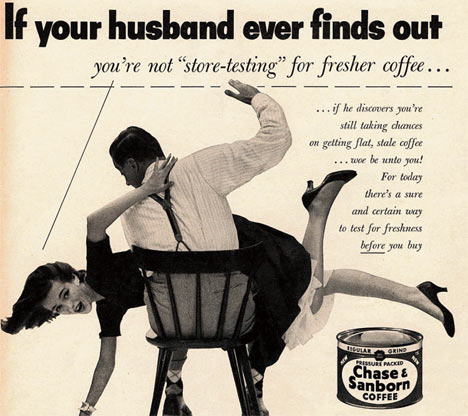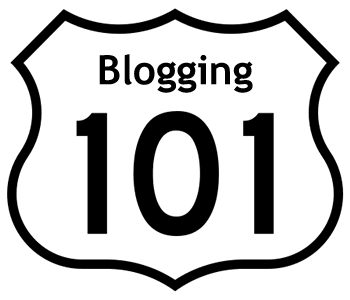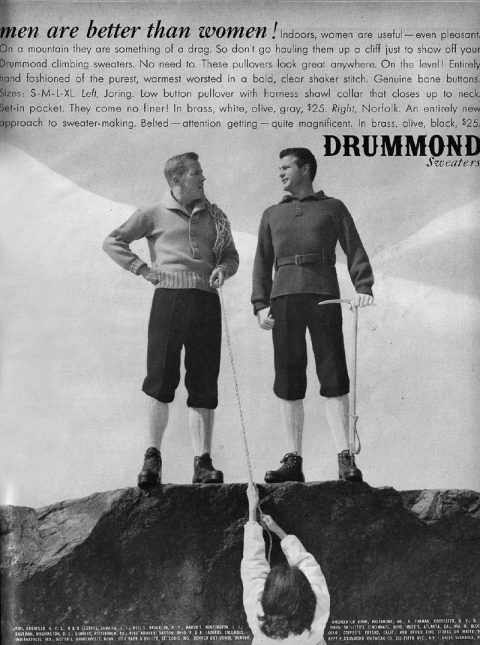No test on Production Techniques
Important information
from Ms. Aspenleiter
Seniors
SOTA wants to know ALL ABOUT YOU!
Between now and Winter Break Summer Adams, (a fellow Senior), will be asking to take a casual picture of YOU!
This picture will be going up on the TV in the foyer along with the information that you completed in the beginning of the school year.
We want SOTA to get to know YOU,
What you liked about your time at SOTA,
Your favorite teachers
Your advice to the underclassmen.
If you have any questions, see Aspenleiter
Community Service
Seniors.....Before you know it Prom and Graduation will be here,
the question is....WILL YOU BE ABLE TO ATTEND EITHER EVENT?
If you do not complete your mandatory 20 hours of Community Service you will NOT be allowed to go to PROM or CROSS THE STAGE.
This is NON-NEGOTIABLE! You must get your hours DONE.
Suggestion: Volunteermatch.com...where they will be able to hook you up with MANY different options.
If you have questions....See Aspenleiter
Advertising Project:
Individually, you will design your own commercial to present to the class.
DETAILS:
1. You may use anyone you wish in the commercial.
2. Your commercial may be live or filmed.
3. You may advertise a product of your choice, or create your own product.
4. The length of your commercial should be approximately 1 minute. (up to 10 seconds over is fine, at which point you will lose 10 points.)
5. The material should be memorized. No script; however, to ad lib is fine.
6. Be creative. This project has great flexibility. You are demonstrating you understand how to persuade someone to buy a product or a concept (think of the India commercial). Avoid vulgarity.
On Monday, February 2 everyone is to turn in the following written material.
This will be the first writing grade for marking period 3.
You may send this material along early, if so wish. However, after Monday, it will be worth only 50 points.
Please note that you will not have access to a computer on Monday, February 2 during class, as we are beginning presentations. I suggest if you are filming to upload your commercial or put it on a thumb drive. Under no circumstances depend on your mail.
What exactly are you turning in on Monday, February 2?
1. A script. (This should include written descriptions of character, setting, dialogue and all production details. Do not be overly concerned with formatting.
2. An analysis paragraph of a minimum of 200 words that explains what and how you used two persuasive techniques and details of your target demographic. Make specific references to your commercial as textual evidence.
3. Reflection: An analysis paragraph of at least 200 words that addresses the process (production techniques) and obstacles you might have encountered and what worked well. How might you have changed the experience?
How shall the assignment be graded?
Two written grades:
1) Numerals 1 through 3 are worth 33 % each for a total of 100 points. (yes, I know that's not exactly accurate)
2) Commercial: 75/ 85 / 95 grading.
adheres to 60 second rule
incorporates the two persuasive techniques
demonstrates the use of 3 production techniques
is memorized and performed according to speech performance standards.
1.Script: character, setting, dialogue and all production details (check the list from the blog on Thursday, January 15) written out. (correct language conventions apply)
2 Persuasive Technique Paragraph: A well-written and supported paragraph explaining what two persuasive techniques you used and how they manifest themselves specifically in your commercial. (correct language conventions apply)
3.Reflection paragraph: how close did you come to achieving your goal? See above. (correct language conventions apply)
In class; We are spending the rest of the week on a short blogging unit.
We will read / watch a couple of controversial articles, beginning with the one below on gender and advertising.
Before class tomorrow, please post on the blog a 50 word commentary. You may say what you wish, but be thoughtful and respectful. Make sure to begin with your name.
Tomorrow, please read through the posts and respond directly to 3 people, by extending, challenging or concurring with their comment.
On Thursday, there will be another post.
By Friday, you should have a total of 8 posts: 2 from the original articles and 6 responses to other people.
Please read the following article on gender and advertising
by Arwa Mahdawi, whose article appeared in The Guardian.
I have tried to pull up the ads and commercials which she
references. Take the time to look at them. As you read and
watch, identify the gender cues, with the goal of writing a
blog commentary appraisal as to how accurate
Mahdawi's observations are and to what extent they are
a reflection of society or contributor to the continuation
of gender stereotypes.
Guys, I have some dating advice for you. Blow smoke in a girl's face and she'll follow you anywhere! I haven't tested this myself but it comes from a Tipalet ad, so it must be true.
Before you all rush out to buy Tipalets, I should warn you that the ad in question is from the 1960s. The 50s and 60s being a time when it was culturally acceptable to say things like "men are better than women"
and sell coffee with cheerful allusions to domestic violence. But attitudes have changed, and so have advertisements. Or have they?

Dr Pepper has just launched a new diet drink aimed at men, called Dr Pepper Ten.
Because dudes apparently "don't drink diet", the brand is aggressively pushing the line that this is a soda for real men, with "no women allowed" There is a mucho macho TV spot and a Facebook app that blocks women and boasts such manly content as a top 10 list of "Man'Ments". Inevitably, there are people who have taken offence at these testosterone-heavy sales tactics. The Dr Pepper Facebook page has turned into a (hastily moderated) standoff between the offended and the amused. One comment reads: "I AM NOT A MAN AND WILL DRINK THIS. MU HAHAHAHA." Another states: "You need to re-evaluate your marketing campaign. You're right, Dr Pepper is not for women, I certainly will NEVER buy it again." Please. Calm down and turn caps-lock off. It is just an ad.
I work in advertising so I'm definitely biased. Nevertheless, it seems as if Madison Avenue is often accused of instigating all the world's woes. And this is unfair because advertising is, for the most part, a symptom rather than a cause. If a marketing campaign is to be effective it has to reflect the zeitgeist, to chime with social mores. Attitudes to gender in advertising track attitudes to gender in society. If they didn't, we wouldn't sell anything.
Over the last 60 years we've seen women move from fighting for basic gender equality to feeling a pressure to "have it all" to affecting a certain nostalgia for traditional, 1950s-style, gender roles. The same trend can be observed in advertising, where the Tipalet-style ads of the 50s and 60s gave way to manifestos for female empowerment such as Dove's Campaign for Real Beauty, which then gave way to, well, things like this Dr Pepper effort.
Which, by the way, seems like it was copy written by Germaine Greer when you compare it with a recent Brut ad from Australia where men are encouraged to "spot and share" hot women.
(this is similar; you'll get the idea)
Take, even, the recent Gisele campaign, which was banned in Brazil for being sexist. The ads, for lingerie company Hero, showed a woman getting away with things like crashing her husband's car because when she 'fesses up, it's in her underwear. One rather livid Comment is free contributor
wrote: "Essentially, women are taught to use their charm and sexy lingerie to control their husbands. Sigh."
(Here's a short commentary on the Gisele ad)
Sigh all you want, but all the ad was doing was reflecting an incontrovertible cultural truth. Indeed, in a recent article in Prospect magazine, LSE academic Catherine Hakim coined the phrase "erotic capital" to capture the very same idea that Gisele was trying to sell Hero underwear with: that being attractive and likeable carry greater equity than a college degree.
All this is not to say that the advertising industry is simply a slave of popular culture and bears no responsibility when it comes to changing attitudes, be they about sex, sexuality or race. Advertising certainly has the power and the responsibility to effect real behavioral and attitudinal change – whether that's as small as turning "simples" into schoolyard slang, or as big as normalising different models of family.
(alternative family)
Nevertheless, at its heart, advertising is less a catalyst of social change and more a mirror. So if we're looking at that mirror and not liking what we see then the blame may not lie with Dr Pepper or even ad execs, but with our society as a whole.
Gosh. All this is now a little too much for my female head. I'm off to blow smoke in someone's face and see what happens
.What if gender roles were reversed? WATCH!
https://www.youtube.com/watch?v=HaB2b1w52yE&oref=https%3A%2F%2Fwww.youtube.com%2Fwatch%3Fv%3DHaB2b1w52yE&has_verified=1












